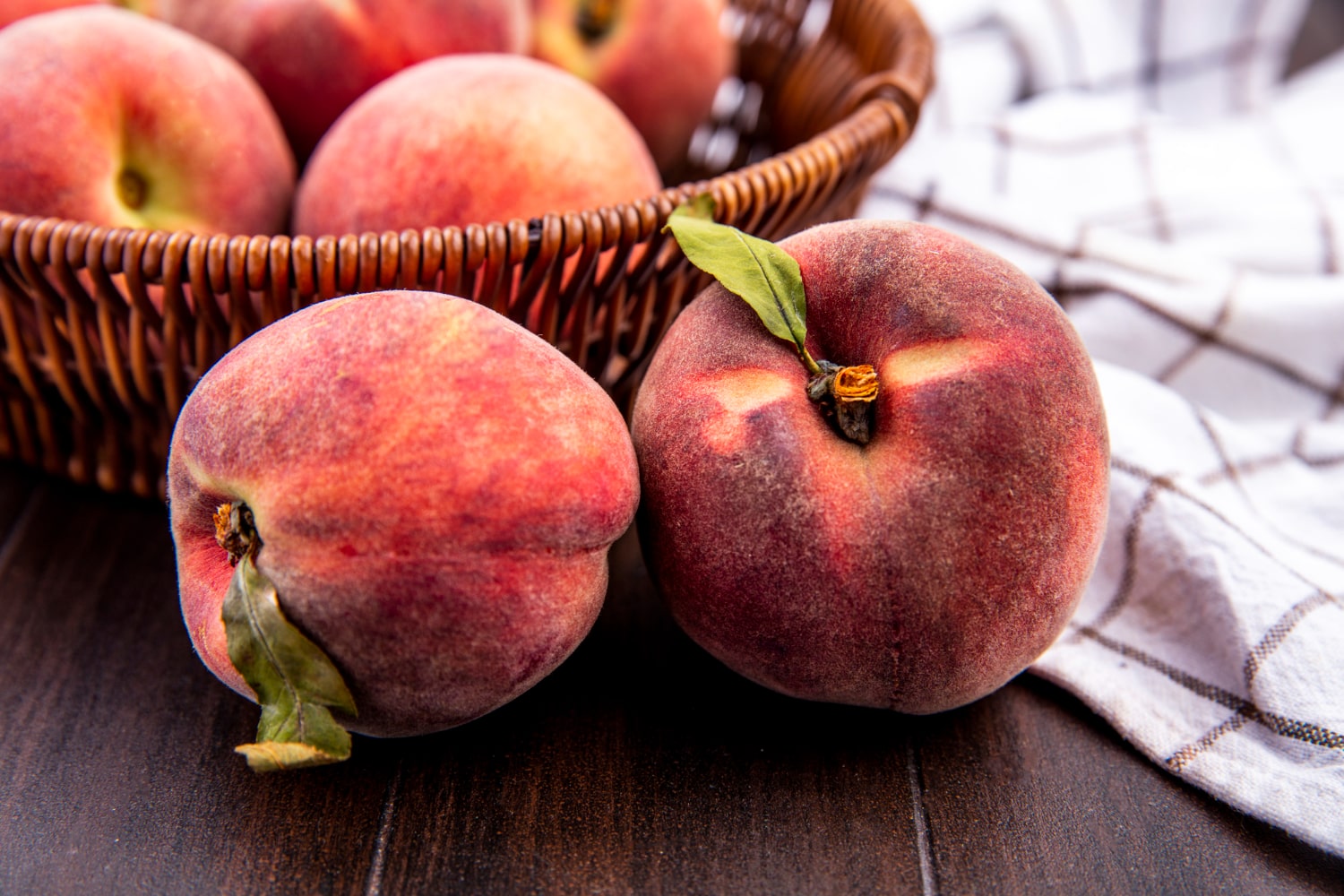Peaches are not just delicious fruits but also a true symbol of summer, sunshine and fragrant sweetness. They are part of the daily diet of millions of people around the world, yet few know about their rich history and remarkable qualities. With a cultivation legacy that spans centuries, peaches impress with their variety of shapes, colors and flavors. In this article, you will discover interesting facts about peaches that you might not have known before.
- The peach originated in China, where it has been cultivated for more than 3,000 years. In Chinese culture, the peach symbolizes longevity, youth and happiness. From China, it spread through Persia to Europe, which is why it received the name “Persian apple” in some languages.
- Botanically speaking, the peach is a drupe, not a typical fruit. At its center lies a hard pit that protects the seed inside. This structure makes it closely related to plums, cherries and apricots.
- There are thousands of peach varieties, which are generally divided into two main types — freestone and clingstone. The freestone type has a pit that separates easily from the flesh, making it easier to slice. The clingstone variety is juicier but harder to process manually.
- In addition to the classic fuzzy-skinned peach, there is also the nectarine, which has smooth skin. Genetically, they differ by only one recessive gene. Their taste and texture are slightly different, but they belong to the same species.
- Peaches can come in a range of colors, from pale yellow to deep red. The flesh may also be white, yellow or pinkish. Color is often influenced by the region of cultivation, but it does not always indicate flavor differences.
- A 100-gram serving of fresh peach contains only about 39 kilocalories. With more than 85 percent water content, it is an excellent choice for hydration during hot weather. Peaches are also rich in vitamins A, C, E and dietary fiber.
- Peach trees begin to bear fruit as early as 2 to 4 years after planting. However, consistent harvests require proper care and growing conditions. The average lifespan of a peach tree ranges from 12 to 20 years.
- The height of a peach tree rarely exceeds 6 meters, but it is usually pruned to about 3 to 4 meters. This facilitates harvesting and encourages new growth. Without regular pruning, the tree can quickly become wild and unproductive.
- In the United States, the state of Georgia is nicknamed the “Peach State.” Millions of tons of peaches are grown there each year, and the fruit appears in advertising, branding and even on license plates. It has become a regional icon.
- Peaches contain natural antioxidants that help fight free radicals in the body. These compounds support immune function and slow the aging process. Flavonoids in the fruit’s flesh also offer anti-inflammatory benefits.
- In the kitchen, peaches are used fresh, dried, canned and frozen. They pair well with cheese, nuts, meats and herbs. Popular peach dishes include jams, pies, compotes, smoothies and sauces.
- Essential oils extracted from peach flowers and leaves are used in cosmetics and aromatherapy. These oils are added to creams, shampoos and perfumes thanks to their sweet and subtle aroma. In skincare, peach is known for its soothing and moisturizing effects.
- Peaches require a warm climate and are sensitive to frost. Spring cold snaps can damage blossoms and reduce yields. In colder regions, growers often use protective covers or heating systems.
- Some peach varieties are dwarf or miniature and can be grown in pots. These are ideal for balconies, patios or greenhouses. Their fruit is full-sized in flavor and texture, though smaller in appearance.
- In various cultures, the peach is considered a sacred tree or symbol of fertility. In Japan, it is associated with purification and protection from evil spirits. Chinese legends tell of a peach tree that blooms only once every 3,000 years.
- Dried peaches retain much of their nutritional value, especially potassium and iron. They serve as a convenient energy source for athletes and travelers. The concentrated flavor and long shelf life make them a practical food.
- In Italy and France, peaches are used to make traditional liqueurs and infused spirits. Peach-flavored beverages are common in cocktails and desserts. Their fruity aroma adds freshness and charm to drinks.
- In agriculture, peach trees are often grafted onto apricot or almond rootstocks to improve resistance to soil conditions and pests. These hybrids tend to be more resilient and long-lasting. Modern breeding techniques allow for varieties that thrive in challenging environments.
- Peach is one of the few fruits that can be frozen with minimal loss of flavor and texture. To preserve color, peaches are often blanched before freezing. Frozen slices are perfect for winter compotes, baked goods and smoothies.
These fascinating and insightful facts about peaches reveal that this familiar fruit is full of cultural, culinary and nutritional significance. Peaches are more than just a tasty treat — they are a part of history, tradition and scientific advancement. Their diversity and usefulness make them cherished around the globe. Perhaps now you will look at this summer favorite with a renewed sense of appreciation.





